(NLDO) - The "key to life" of planets like Earth was created when our universe was only 100 - 200 million years old.
A study recently published in the scientific journal Nature Astronomy shows that the appearance of planets with life like our Earth was determined from the time the universe was "newborn".
That was about 100 - 200 million years after the Big Bang event that created the universe, or more than 13.6-13.7 billion years ago.
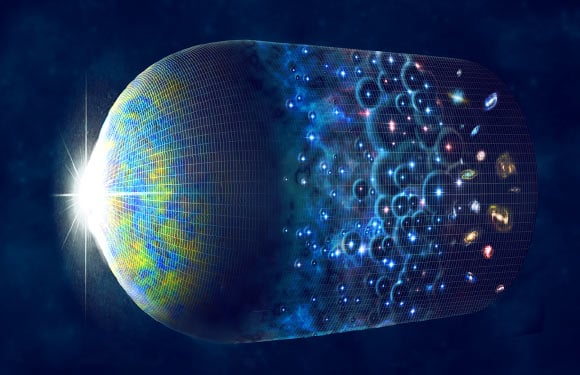
Graphic depicting the deep history of water on Earth - Photo: Harvard-Smithsonian Center for Astrophysics
Astronomer Daniel Whalen of the University of Portsmouth (UK) and colleagues have demonstrated that at that time 100 - 200 million years after the Big Bang, the "key to life" - Water - appeared.
This timeline is billions of years earlier than previous discoveries.
To determine if a planet has life, the top condition scientists look for is that it has water and is located in the right location in its star system, so that the water can remain liquid.
Water on Earth and other habitable planets has long been proven to come from space, through the "seeding" of asteroids and comets during planetary formation that became oceans and rivers.
But where in the universe did water come from, that remains the big question.
According to Sci-News, new research shows that water was born right from the death of Population III stars.
Population III stars are the first group of stars in the universe, born in the dark and chemically monotonous world of space: only hydrogen, helium, lithium, as well as small amounts of barium and boron.
It is believed that Population III stars were born somewhere around 150 million years ago, this study puts the time frame at around 100 - 200 million years ago.
Unlike the Sun, they are extremely massive and short-lived.
But that short time was enough for them to carry out the mission that generations of stars continue to do: enrich the chemistry of the universe, by forging heavier elements inside their nuclei.
The Population III stars forged the treasure we use today: Oxygen. This oxygen quickly reacted with the abundant hydrogen in the early universe, creating water.
This hypothesis is determined through models and experiments created by the research team.
They examined two types of supernovae — exploding dead stars: Core-collapse supernovae, which produce small amounts of heavy elements; and much more energetic Population III supernovae, which eject dozens of clumps of metals weighing dozens of times as much as the Sun.
They found that both types of supernovae help form dense clumps of water-rich gas.
Although the total amount of water produced in these Population III supernovae is quite modest, they are concentrated in dense regions of gas, known as cloud cores, which are thought to be the birthplaces of stars and planets.
These early water-rich regions likely seeded planet formation in the early universe, long before the first galaxies formed.
“This implies that the conditions necessary for life to form were present much earlier than we had previously imagined. This is a significant step forward in our understanding of the early universe,” said Dr Whalen.
Source: https://nld.com.vn/su-song-cua-chung-ta-da-duoc-an-dinh-137-ti-nam-truoc-196250305124923004.htm



![[Photo] Closing of the 11th Conference of the 13th Central Committee of the Communist Party of Vietnam](https://vstatic.vietnam.vn/vietnam/resource/IMAGE/2025/4/12/114b57fe6e9b4814a5ddfacf6dfe5b7f)




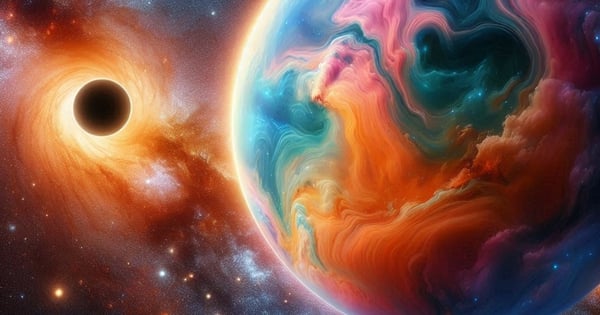
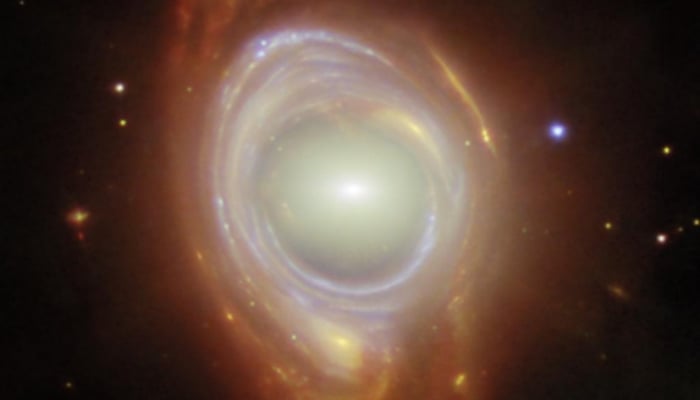

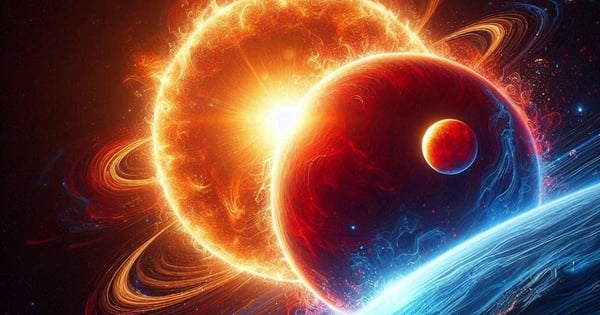




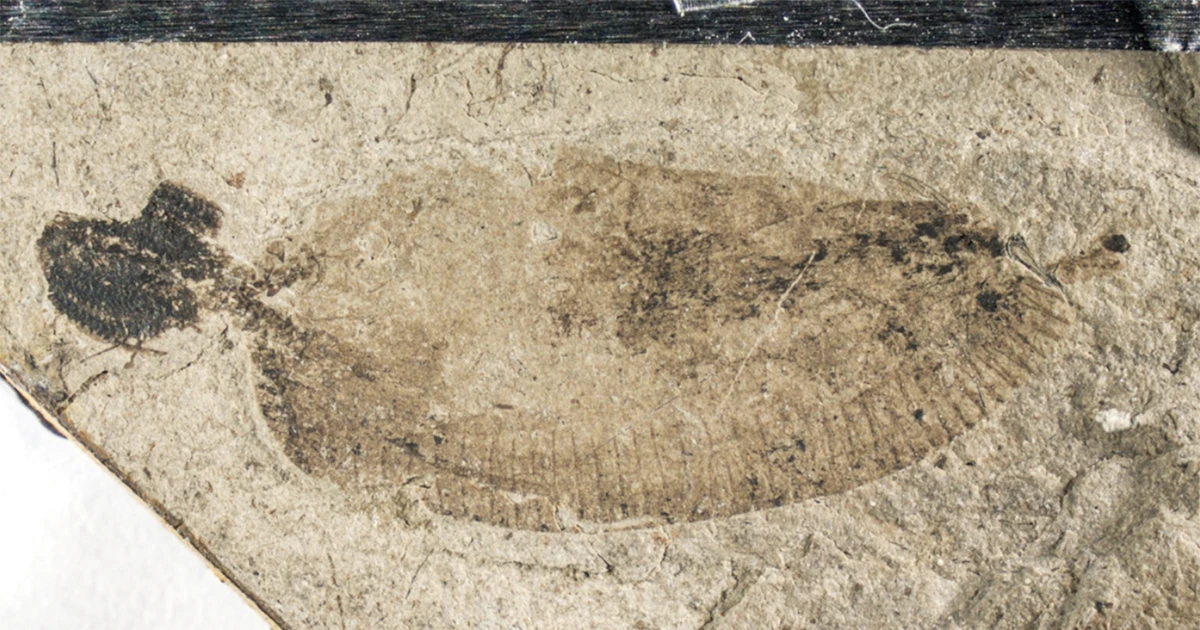


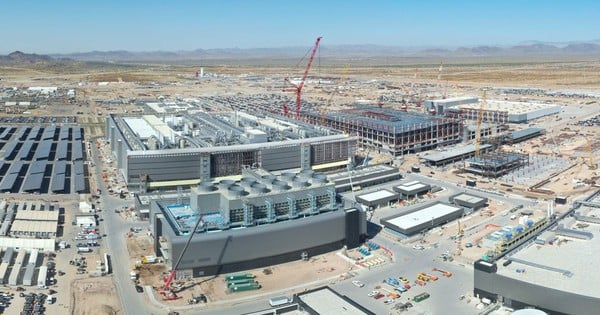











![[Photo] Overcoming all difficulties, speeding up construction progress of Hoa Binh Hydropower Plant Expansion Project](https://vstatic.vietnam.vn/vietnam/resource/IMAGE/2025/4/12/bff04b551e98484c84d74c8faa3526e0)






























































Comment (0)